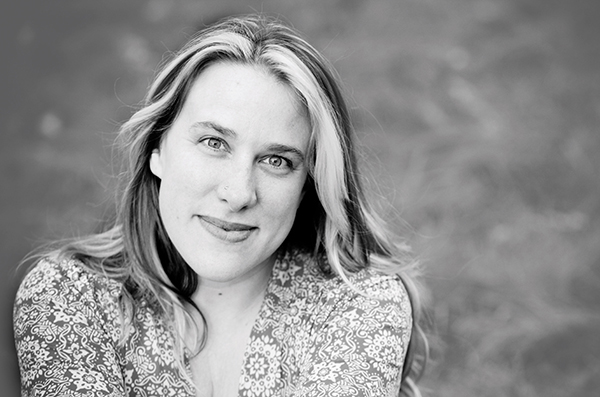Reckoning with our past and future requires us to open our eyes
by Heather Shayne Blakeslee
The images are terrifying: white civilian men armed with semi-automatic rifles, staking out ground around Justice Park in Charlottesville in August. It’s terrifying, but not surprising in its entitlement; it’s also not surprising that one woman died and many more were injured when the visual violence quickly evolved, as it does, into bodily carnage.
The park was once named Jackson Park, after the equestrian statue of Confederate Gen.“Stonewall” Jackson that serves as the focal point of this public space, lined with benches and manicured flower beds underneath mature trees. The land was bequeathed in 1919 by Paul Goodloe McIntire, whose father served as mayor of Charlottesville when the slave trade was still supporting our national economy.
According to the Charlottesville-based C-Ville Weekly, the statue was donated in 1924, “a time when Ku Klux Klan membership was at its peak,” and the park was one of four donated by McIntire—of note is that one other was designated for whites only, and another specifically for use by blacks.
The history of Justice Park, colored now with both past atrocity and present tragedy, is a microcosm of our larger national history: Who owned and accessed what places, spaces and land; who owned the housing; and, most importantly, who owned whom. As scholar Carolyn Finney explores in her book “Black Faces, White Spaces,” the places we pass by every day, and those distant reserves we must travel to for scenic vistas and quiet contemplation, are often “public” in name only, cordoned off by the concrete measures of distance and capital, as well as harder to quantify, but no less real, cultural bias and institutional racism.
It doesn’t seem a question that a towering figure of the Confederate army looking down upon park-goers is a not-so-subtle reminder of who is welcome, and who is not, given that no counter narrative or iconography balances out the power. It is also risible to think that armed black men would be allowed to peaceably assemble—if one can peaceably assemble while toting a semi-automatic weapon—in the same way.
Recognizing and rectifying our racial and cultural divide is in and of itself a massive undertaking, a reconstruction project that will go on for many more generations, and now we have a global crisis laid on top of and intertwined with the changing power structures within our borders: At this particular moment in time, both the cultural and physical temperature are rising.
These nefarious manmade crises—catastrophic climate change and ongoing racial animosity—should be our top priorities to reckon with as a country. Lives are at stake.
It is therefore undeniably dangerous that many of our countrymen refuse to recognize either as a problem, willfully ignoring thermometers, history and the sights and sounds around them on a daily basis—including the hateful rhetoric coming directly from the current occupier of the White House, who once said that he could shoot someone on 5th Avenue in New York and still win the presidency. (Need he take up actual arms on the lawn of the White House or ask for the nuclear codes for Congress to cut short his dangerous and ignoble presidency?)
We must confront head on the hard questions of who owned and owns the life-giving—and capital-generating—land and water, and also whether that land, water and air will support us. Any of us.
We, the people, all need clean water to drink, healthy food to eat and an economy not subsidized by fossil fuels. We all breathe the same invisible air, which most of us take for granted. But, just as with making visible our history of slavery and systematic oppression, it is critical to our future to recognize what is right in front of us. We do otherwise at the price of our collective peril.
Heather Shayne Blakeslee
Editor-in-Chief
heather@gridphilly.com














